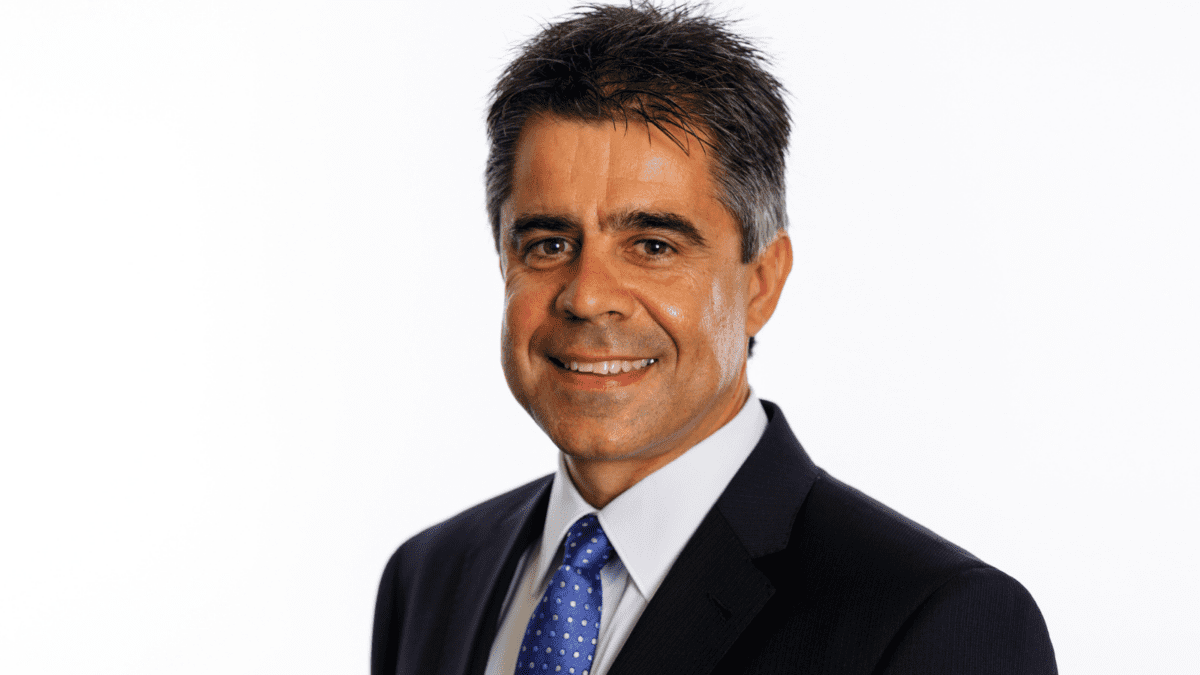Control, transparency central to SMSF resilience
Class Super (ASX:CL1), which sits squarely among the leading SMSF administration and service providers, recently released its annual benchmark report. Prepared in conjunction with the SMSF Association and several other industry experts, the report flagged ‘resilience in a time of constant change’ as the key trend of the year.
Despite expectations of a significant fall in SMSF establishments when the $1.6 million cap was introduced in 2021, the sector currently counts $822 billion in assets. In recent years, SMSFs had faced growing criticism from outside the industry, focused around the perceived higher costs and greater complexity.
However in 2020 the SMSF Association released an extensive report that showed SMSFs, due to their fixed cost nature, can actually be cost-effective for those with balances as low as $250,000, depending on their investment approach. Putting cost aside, the clear reason for the growing popular in SMSFs is the ‘greater control and flexibility’ they provide.
This sentiment was reiterated by the SMSF Association’s CEO John Maroney in the report, stating “Although they may not be suitable for everyone – it must be considered on a case-by-case basis – it is important to have all the facts and information at hand so you can make the right decision for your specific circumstances. We believe in, and support all genuine efforts that encourage greater engagement with all Australians’ retirement savings.”
And this engagement is particularly important during times of market sell-offs, something evidenced by the fact that just 1 per cent of all COVID-19 hardship withdrawals came from SMSFs, clearing the perception that SMSFs are used to gain early access to super.
The expansion of technology in the sector, led by Class, and a number of other platform providers has meant the SMSF sector is seeing growth in the younger cohort with many choosing to use an SMSF alongside their own industry fund. That said, the younger cohort, being under 50, remains less than a third of SMSFs in operation.
Retirees remain the biggest users of SMSFs, with the average balance hitting an all-time high in December 2021 and likely continuing that ride into June. The statistics show an average balance of $1.55 million, up from $1.36 million in the depths of 2020. By and large, this performance is being driven by a highly concentrated group of assets, with 99 per cent of funds holding cash and term deposits and 64 per cent owning ASX-listed shares.
This is, of course, where it gets interesting. The Class Super system is able to aggregate the data from thousands of funds and provide unique insights into how DIY investors are making important decisions.
In terms of asset allocation some 17 per cent of portfolios are held in cash and term deposits and 31 per cent ASX-listed shares, which likely comes as no surprise to many. That said, with 17 per cent of funds likely receiving zero returns on this allocation, this stands out as a powerful trend for markets in the coming months, with a significant portion likely to be deployed in the search for income.
Exchange-traded funds (ETFs) continue to grow in popularity, with self-directed investors clearly focused on ease of implementation, the sector growing 5.5 per cent within portfolios over the last two years. Interesting, it has been Vanguard’s Property Securities ETF (ASX:VAP) that is the most widely held among funds, likely attracted to the consistent yield despite 2020 being a very difficult year for the sector.
Turning to diversification, the likes of BHP, Westpac, Commonwealth Bank, National Australia Bank, Telstra and ANZ remain held by as many as 40 per cent of all SMSFs, clearly attracted to their fully franked dividends. Yet it highlights growing concentration risk in just a few sectors that are facing constant disruption.
The concentration continues when it comes to the use of managed funds, with 32 per cent of SMSF using the unlisted options. Two homegrown Australian heroes, being Magellan and Platinum, continue to dominate portfolios despite some recent underperformance. Some 19 per cent of all SMSFs reviewed own the Magellan Global Fund, which missed out on the vaccine recovery, while 15 per cent still own the long-standing Platinum International Fund, which despite a strong recent performance has struggled due to its value-focused approach over the medium term.
It is this entrenched home bias and value focus that stands out as the biggest risk for SMSF investors today. In my view, investors should be looking to increase their global exposure, using one of the expanding range of global leaders in both equity and bond markets, but particularly in growth areas like emerging markets, and smaller companies.
Finally, turning to service providers, Macquarie’s cash management account remains the central bank account of choice for 29 per cent of funds, with CBA well behind at 15 per cent. CommSec remains the broker of choice at 14 per cent, however, Bell Potter, which supports the Macquarie Online Trading platform is now in double figures.










